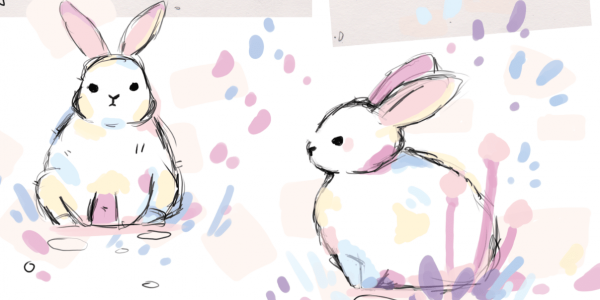HOMEWORK OUTLINE:
- Animate 3 (or more) bouncing balls balls of different weights.
- For example a Tennis Ball, Ping pong ball, bowling ball etc
- Look for reference videos or film your own references for timing. (I recommend youtube for heavier ball references! Don’t put yourself at risk!)
- Read chapter 4 ‘Advancing backwards to 1940’ from Richard Williams Animator’s survival guide. See the chapter in the PDF beloiw.
- Meet with your groups to plan the order of your chain / linking animation – Chat with the team member either side of you in the order you chose to discuss how you want to coordinate the transitions at the start and end of your animations.
- Write down the description / simple script of what you’d like to animate within 5-8 seconds and start a rough storyboard from this.
ARCS:
Arcs are the follow-through of normal motion this form of motion makes the animation look less mechanical using arcs. It is important to understand the slow in and out of gravity, forgetting to use an arc can result in the drawings shrinking but using arcs helps to figure out the animations movements such as when a ball bounces having the ball move up . The bounce with a triangular arc would result in a mechanical presence but curving the arc to make it more round can allow the ball to curve/ in a circular manner since the movement
SLOW IN AND SLOW OUT:
This principle of animation is the physics of how the movement that starts of slowly in an animation builds speed then finished slow. This principle is very important as it can achieve life like motion, without this principle the animation can seem mechanical. This principle is done by drawing a single frame in the extreme poses then drawing in-betweens in those. This principle can help to make animations less choppy by analysing the spaces in-between having them evenly spaced, having the drawings close together at the start and the ending but further apart in the middle help keeping a constant in the animation.
SQUASH AND STRETCH
applied towards a bouncing ball as it gives the ball more realism because in real life physics takes place with gravity creating motion in the ball as it hits the floor. Although when animating with squash and stretch it is important to keep the volume consistent because as the ball gets longer it gets narrow and when it gets flatter it gets wider.
Bowling, TENNIS, FOOT, ping pong
TENNIS BALL ATTEMPT MORE LIKE PING PONG BECAUSE OF ROUND ARCS
BASKET BALL EXPERIMENT BOUNCY HARD TO FAST THEN SLOW SPLASH FAST IN SLOW OUT
BOUNCY BALL GETTING CLOSE
HEAVY- BOWLING BALL
TENNIS BALL TRAINGLE ARC
